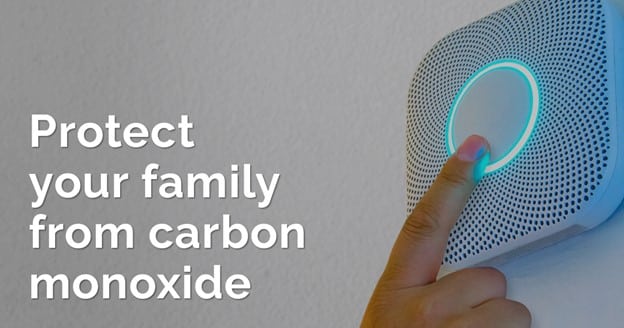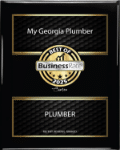
Daylight Saving Time serves as an excellent cue to enhance the safety of your home. One essential task you should never overlook during this seasonal transition is checking your smoke and carbon monoxide detectors. If you haven’t installed these life-saving devices yet, the Consumer Product Safety Commission (CPSC) strongly recommends doing so to ensure the safety of your loved ones. While many homes are equipped with smoke detectors, it’s surprising to note that only about 42% of households possess carbon monoxide (CO) detectors. Carbon monoxide, often dubbed the “silent killer,” is treacherous because it is invisible and odorless. It can incapacitate and even prove fatal to those exposed to it. To adequately protect your family, CO detectors should be strategically placed on every level of your home and outside all sleeping areas.
Tips to Prevent Carbon Monoxide Exposure
- Regular Appliance Maintenance: Malfunctioning gas appliances can emit dangerous levels of CO. Keep an eye on the color of the flame in your appliances. A mostly yellow flame indicates a gas-to-air ratio issue. If you notice this, turn off the appliance and contact a professional for repairs.
- Seal Air Leaks: Leaky air ducts can pull CO into your home from gas appliances. Properly sealing these leaks not only improves energy efficiency but also reduces CO exposure risk.
- Prioritize Ventilation: Modern ventilation systems provide fresh air circulation without compromising energy efficiency. Ensuring proper indoor ventilation helps prevent the buildup of harmful gases.
Be Aware: Common Carbon Monoxide Sources
- Garage Activities: Never operate gas-powered vehicles or yard equipment in an attached or free-standing garage. CO exposure risk is high in these areas, even with doors and windows open.
- Grilling Safety: Using a grill indoors or too close to open doors and windows is hazardous. This common activity can produce both CO and fire risks.
- Regular CO Detector Maintenance: Defective CO detectors can lead to false alarms or missed dangers. Test the batteries monthly and replace detectors every five years to ensure their reliability.
Recognize the Signs: CO Leak Indicators
- Soot or Stains: Watch for soot marks around gas appliances like furnaces, boilers, or stoves. Persistent condensation on windows near these appliances can also indicate an issue.
- Visible Smoke or Smell: The smell of exhaust fumes or visible smoke could point to a CO leak. A flickering or yellow flame in gas-burning appliances is another sign to be wary of.
- Health Symptoms: Unexplained headaches, dizziness, nausea, confusion, and trouble keeping pilot lights lit are potential indicators of CO exposure.
Reacting to CO Alarms: Your Safety Comes First
**Evacuate Immediately**: If your CO detector’s emergency siren sounds, evacuate all occupants, including pets. Treat every alarm as genuine and exit the premises calmly.
Contact Emergency Services: Once outside, dial 911 and inform them about the CO alarm. Never re-enter the house until emergency responders have assessed the situation and deemed it safe.
At My Georgia Plumber, your safety matters to us and we prioritize your safety and well-being. Protecting your home from carbon monoxide hazards is a shared responsibility. If you suspect a CO leak, experience appliance issues, or simply want to ensure your home’s safety, call us at 770-592-0081. Our expert team is here to assist you and provide peace of mind for you and your family.
Remember, a proactive approach to carbon monoxide safety can save lives. Don’t wait—reach out to My Georgia Plumber today!










